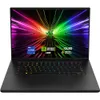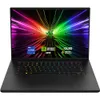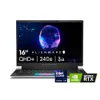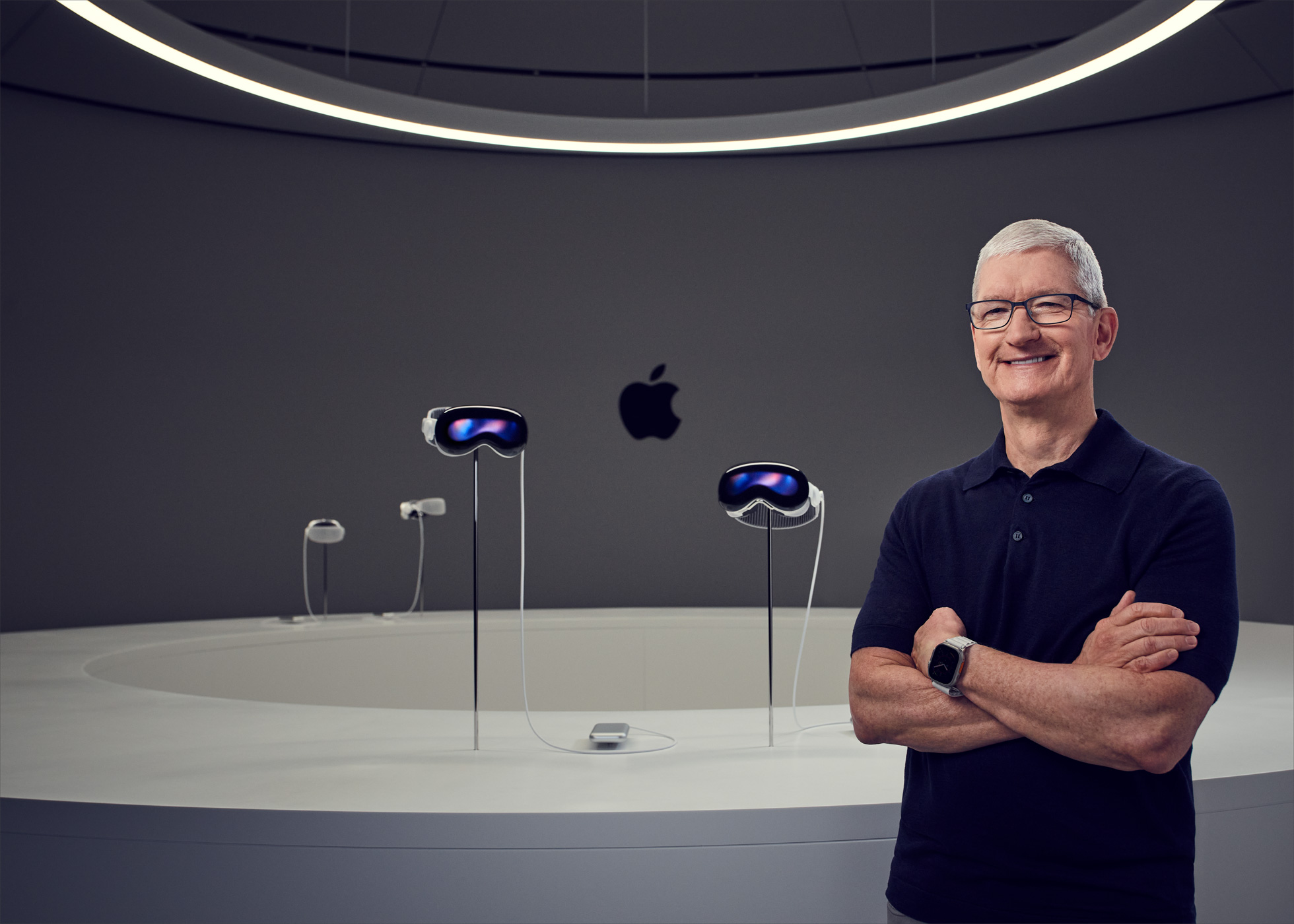How Nvidia's consumer ARM chips could turn gaming laptops on their head
Nvidia re-entering the CPU wars could cause some major changes

Things are heating up in the silicon wars as Nvidia's long-rumored ARM chips have resurfaced again.
Last Thursday, DigiTimes reported that Nvidia's ARM chipsets are expected to launch as early as September 2025, which follows a previous report from Reuters confirming that Nvidia had acquired a license to make processors based on ARM's architecture.
While we don't have many details, the prospect of a consumer-focused chip from Nivida for gaming laptops and beyond.
What we know about Nvidia's ARM chips so far
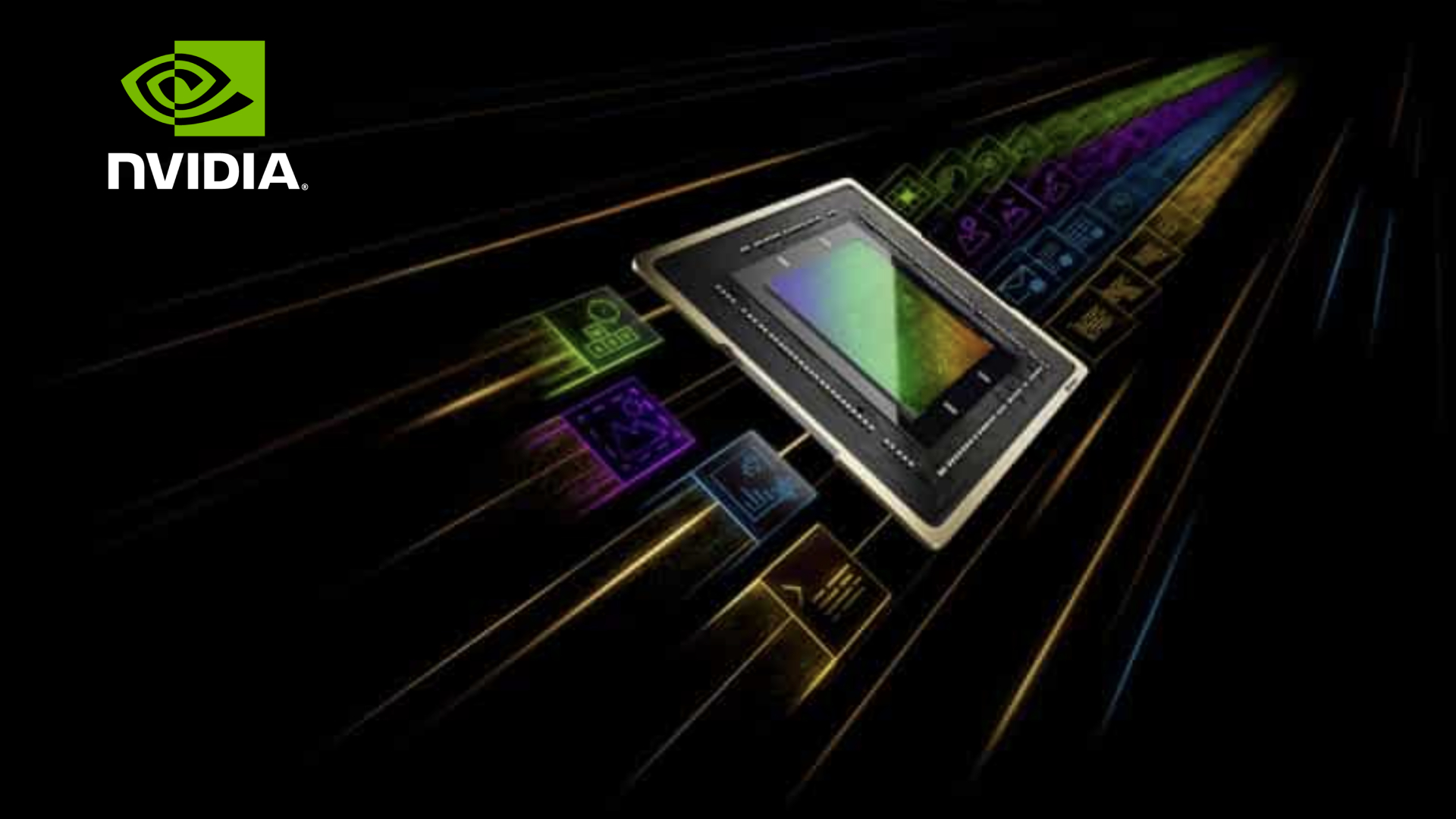
Nvidia's custom hardware is expected to target the premium market with a high-end CPU and GPU combination built on the ARM architecture, promising high performance and high power efficiency.
As DigiTimes reports, "Nvidia is reportedly planning an independent ARM-based CPU and GPU platform for consumer and commercial markets, aiming for a September 2025 debut." While Nvidia is reportedly working with MediaTek on a consumer chip, the GPU giant does own an independent ARM license. And, it seems Nvidia is planning to fully use that architecture license.
Indeed, the DigiTimes report confirms, "sources suggest a potential shift in Nvidia's strategy. In addition to its MediaTek alliance, Nvidia reportedly plans to launch a high-performance ARM-based CPU and GPU platform for consumers in September 2025, followed by a commercial launch in March 2026."
While Nvidia is primarily known for its graphics cards and leadership in the server and cloud computing field, Nvidia has built SoC (System-on-a-chip) processors before with the Tegra platform and the Nvidia Grace family of server CPUs. So a consumer-level Nvidia CPU with integrated graphics isn't far from the realm of possibility.
Stay in the know with Laptop Mag
Get our in-depth reviews, helpful tips, great deals, and the biggest news stories delivered to your inbox.
This means we're potentially looking at multiple Nvidia ARM CPU launches: a consumer and commercial version of Nvidia's custom silicon and an AI PC chip through the company's partnership with fellow chipmaker MediaTek.
It's the perfect time for Nvidia ARM chips

ARM Holdings licenses ARM architecture to various chipmakers including Apple, MediaTek ARM, Nvidia, and Qualcomm. While Apple's M chips have absolutely dominated the ARM computing space since 2020, the processors are ultimately limited to the Apple ecosystem.
Qualcomm has been working with Microsoft for the Windows on ARM setup since 2016. With the recent Snapdragon X Elite chipsets, Qualcomm has finally made a good case for the Windows on ARM ecosystem with better performance and application support than ever before. However, Qualcomm's future of Snapdragon processors is currently in limbo, as the chipmaker has found itself in legal trouble with ARM Holdings.
This leaves the perfect opening for Nvidia to dominate the Windows on ARM ecosystem.
After all, MediaTek does provide CPUs to laptops, smartphones, and Chromebooks, but it doesn't have a comparable market share with Qualcomm. And AMD, despite holding an ARM license, has not unveiled any plans to launch ARM chipsets in the near future.
How Nvidia's upcoming consumer CPUs could shake up the gaming market
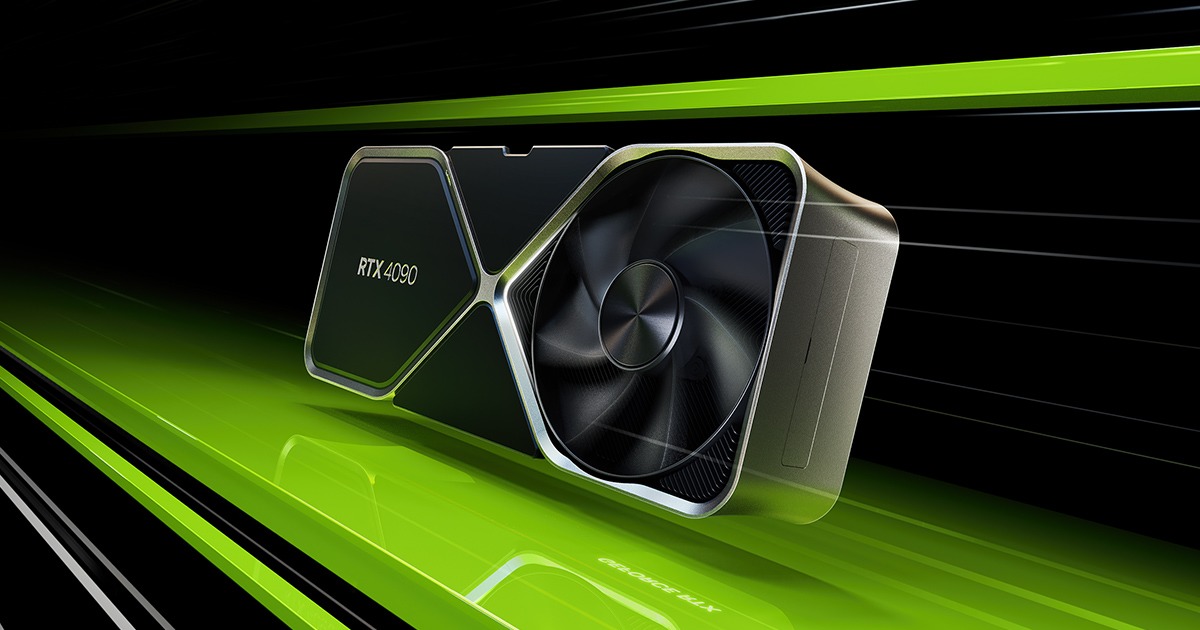
The recent DigiTimes report doesn't indicate an NPU in Nvidia's designs, though that doesn't mean there won't be some kind of machine learning component of Nvidia's custom chips. After all, Nvidia's stance on AI has long been that the GPU is the most powerful AI accelerator.
So, while Nvidia's rumored chipsets could be targeted for the AI PC market, as the company's rumored partnership with MediaTek intended, the silicon could swing in the opposite direction and target gaming enthusiasts with a powerful Nvidia CPU and discrete GPU combination similar to AMD's "AMD Advantage" systems.
Intel's recent Core Ultra 200K "Arrow Lake" launch has not been particularly successful and AMD's confusing choice to re-brand the Ryzen 9000 series to Ryzen AI 300 for the mobile variant, has left an opening in the gaming market. Sure, Intel still has the Core 200H and 200HX chipsets left to launch and the Ryzen AI 300 series has iGPU gaming performance that has to be seen to be believed, there hasn't been a better time for Nvidia to jump into the gaming PC mix.
And since Nvidia has been making top-line discrete gaming GPUs for generations, a fully Nvidia gaming laptop or gaming desktop PC shouldn't have many issues with drivers and game optimization. Which could make an all-Nvidia PC the best gaming build for 2025.
More from Laptop Mag
- Intel reveals why its controversial choice for Lunar Lake integrated RAM won't happen again
- I made my own personal cloud storage to save hundreds on Google Photos — here's how it went
- Apple Vision Pro tipped for major 2025 breakthrough — but not the one it needs

A former lab gremlin for Tom's Guide, Laptop Mag, Tom's Hardware, and TechRadar; Madeline has escaped the labs to join Laptop Mag as a Staff Writer. With over a decade of experience writing about tech and gaming, she may actually know a thing or two. Sometimes. When she isn't writing about the latest laptops and AI software, Madeline likes to throw herself into the ocean as a PADI scuba diving instructor and underwater photography enthusiast.
